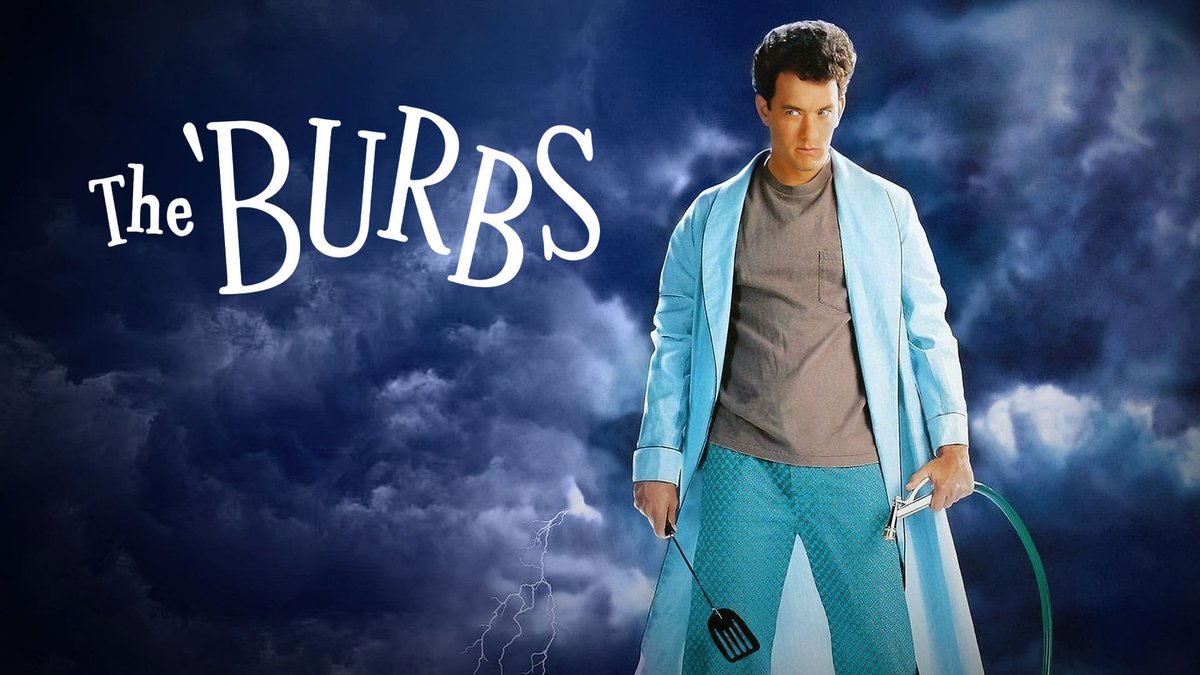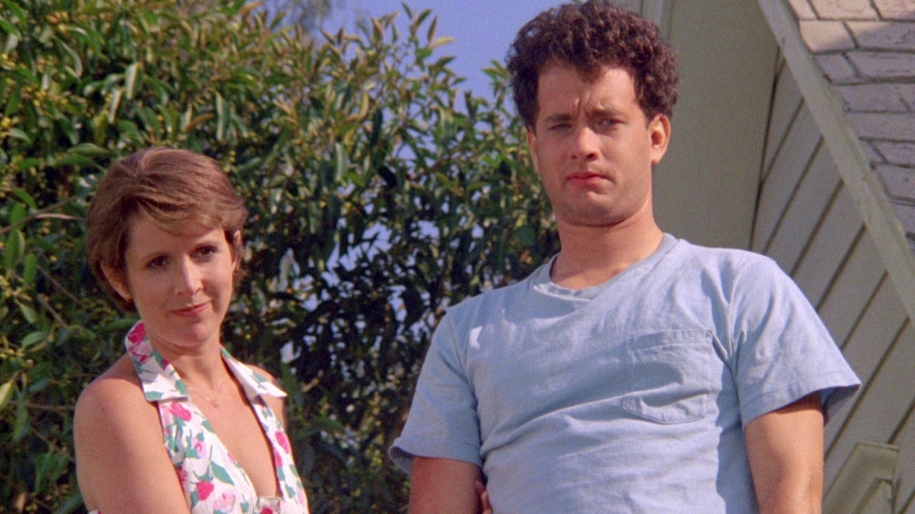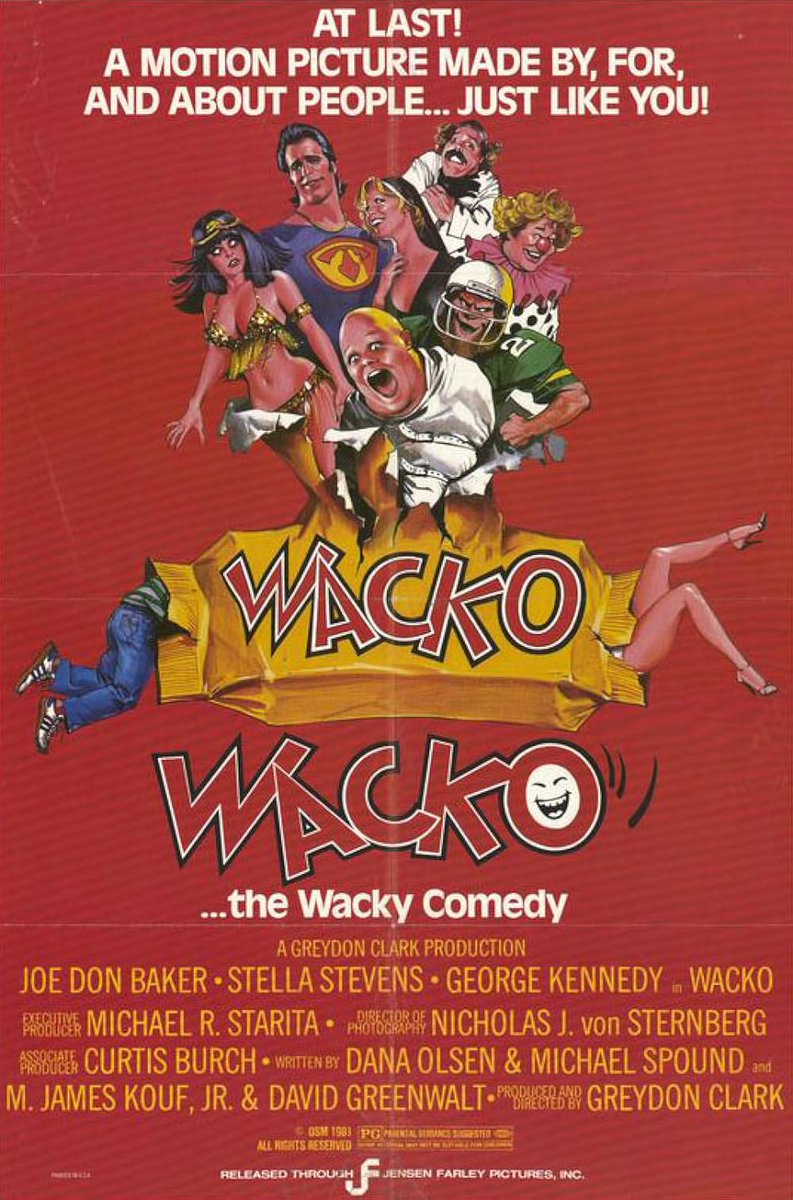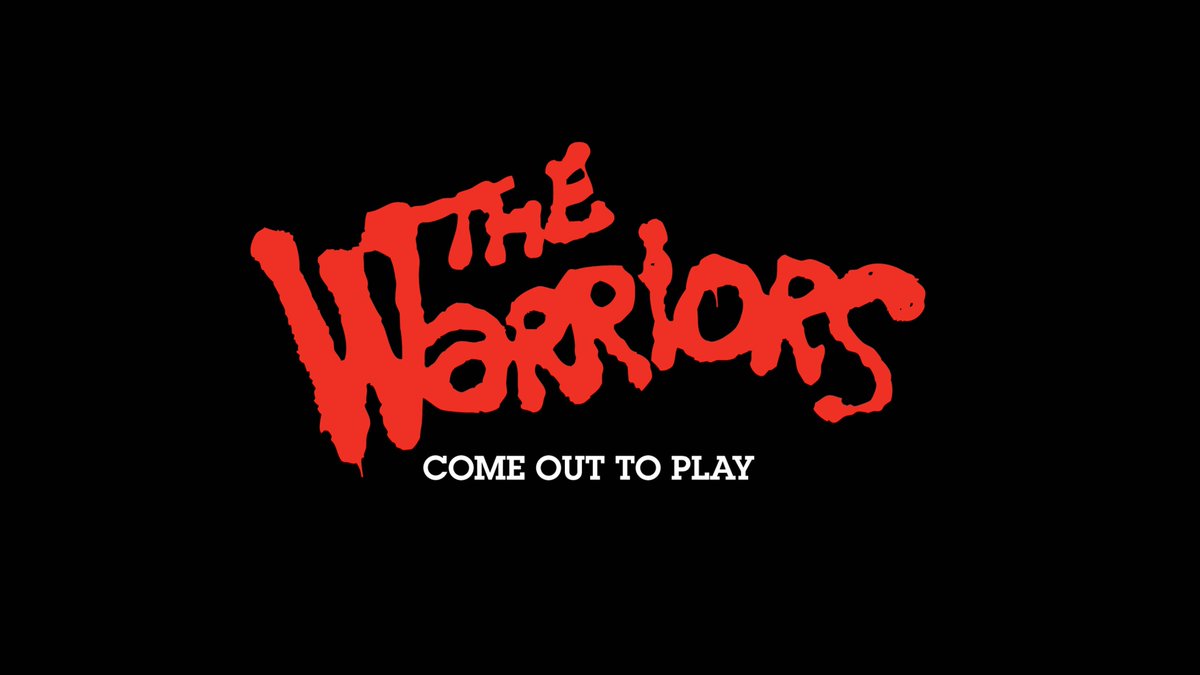THE GODFATHER PART II was released this week in 1974. Regarded by many as one of the greatest films ever made, the behind the scenes story is as epic as you’d expect from Francis Ford Coppola…
1/46




1/46

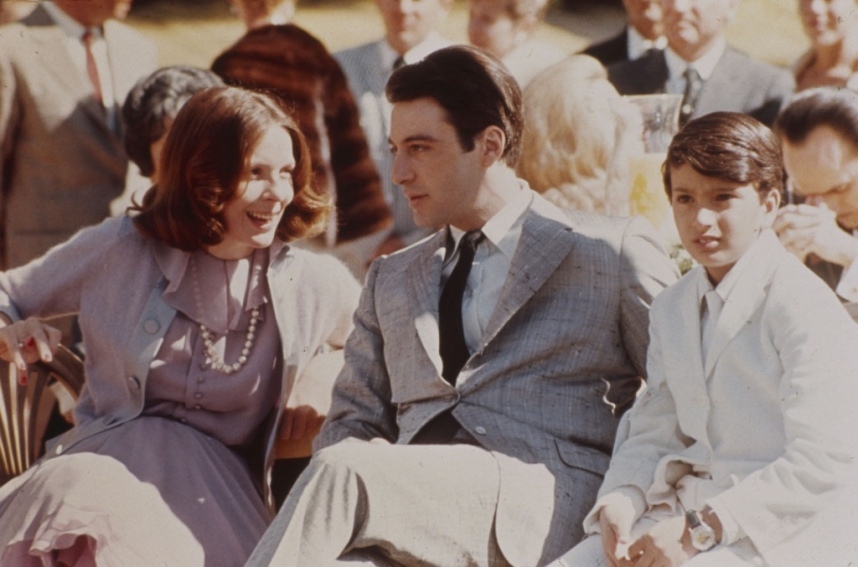


After the huge critical and commercial success of The Godfather, Paramount had wanted to put a sequel into action immediately. Having had a bit of a torrid time directing the first film, Francis Ford Coppola wasn’t keen and put forward Martin Scorsese as a replacement.
2/46



2/46
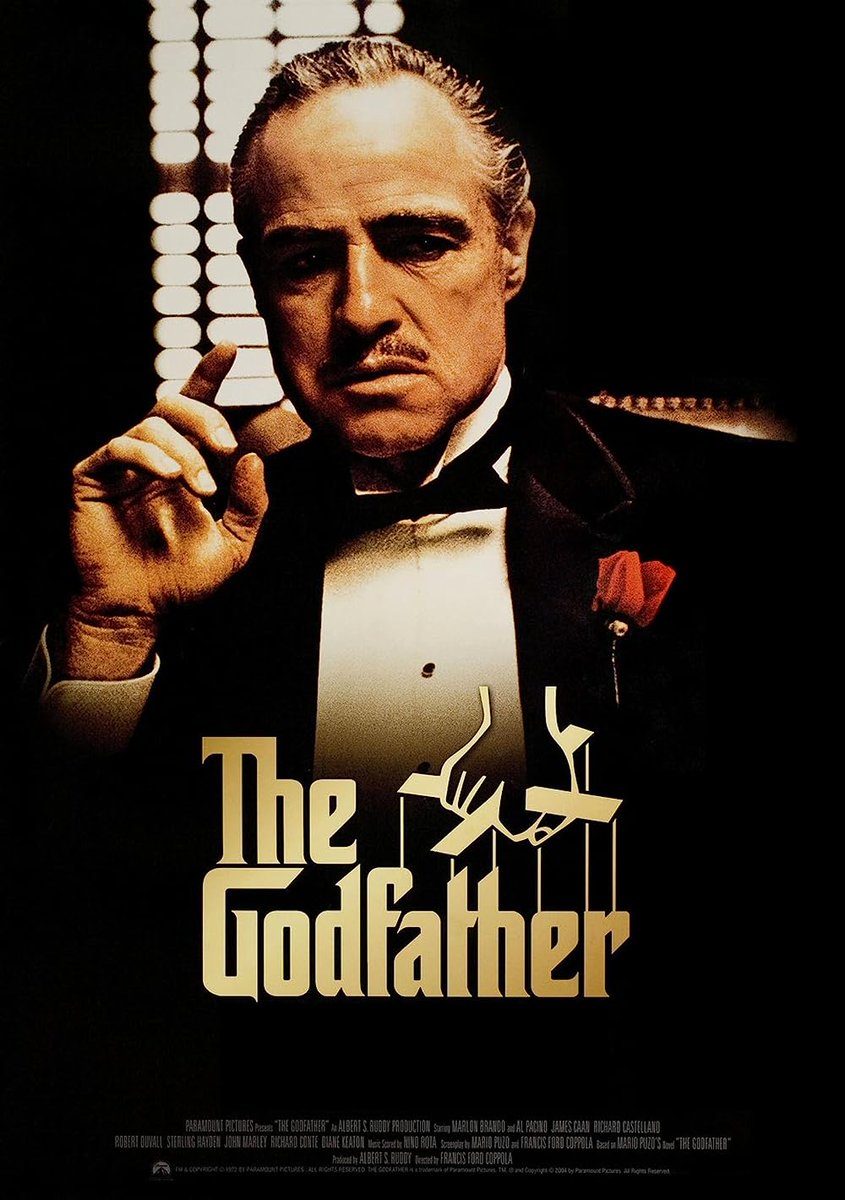


Paramount weren’t keen on pre-Taxi Driver Scorsese so Coppola agreed to return on 3 conditions:
- They allow him to make The Conversation
- He be allowed to direct a San Francisco Opera
- He be given the gig of writing The Great Gatsby
- They pay him $1m
3/46



- They allow him to make The Conversation
- He be allowed to direct a San Francisco Opera
- He be given the gig of writing The Great Gatsby
- They pay him $1m
3/46

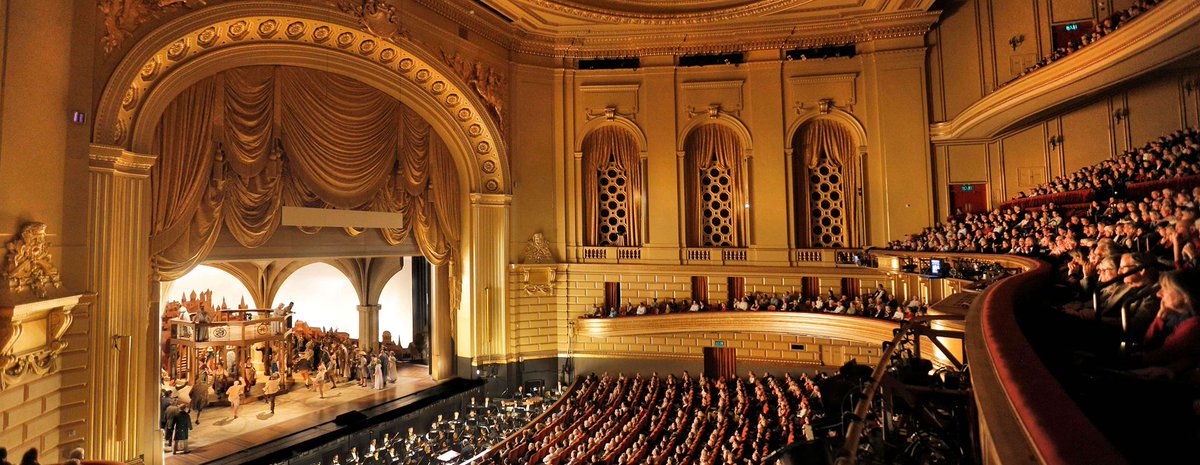

Coppola reportedly had one other condition. He said he wouldn’t work with Robert Evans and Albert S. Ruddy – the producers from the first film who gave him a hard time. Paramount agreed to all conditions.
4/46
4/46

Coppola and Mario Puzo again collaborated on the script. Coppola wanted the film to be both a prequel and sequel to its predecessor, something Paramount needed convincing of. The film is classed as an adaptation of Puzo’s novel, even though most of it was new.
5/46


5/46


Al Pacino returned as Michael Corleone. However, before he signed on, he told Coppola he wasn’t keen on the script. Coppola spent an entire weekend rewriting the screenplay and Pacino was on board.
6/46


6/46


Coppola considered bringing Marlon Brando back to play young Vito Corleone, convinced Brando could do anything. He reached out to Brando by letter, below, but Brando wouldn’t return.
7/46


7/46


A few years earlier, Robert De Niro had auditioned to play Sonny in The Godfather. He had lost out to James Caan, but Coppola remembered De Niro’s dynamite audition and offered him the part of young Vito.
8/46
8/46
To prepare for the part, De Niro spent 4 months learning a specific Sicilian dialect. Vito only speaks 17 words of English in the film, and De Niro wanted to sound as authentic as possible.
9/46




9/46




As the film progresses, De Niro grew his voice more hoarse to reflect Brando. He also wore a mouthpiece similar to that which Brando wore in the first film. De Niro wasn’t sure whether to grow a moustache but decided to after flipping a coin.
10/46


10/46


The returning actors all had a nice payday. James Caan only appears in one scene but was paid the same amount he was for the first film. And Talia Shire was paid a reported $1500 for the first film, and a total of $40,000 for the sequel.
11/46


11/46


John Cazale is back as Fredo. Cazale appeared in just 5 feature films. They all involved Al Pacino, Robert De Niro and/or Francis Ford Coppola. The Godfather Part II is the only one to involve all three.
12/46



12/46



Peter Sellers was reportedly considered to play Hyman Roth. Coppola was also keen on director Elia Kazan. He said no, but Coppola later said when he visited him, Kazan was bare-chested. He used this as inspiration for the scenes in the film where Roth is topless.
13/46


13/46


Lee Strasberg had retired from acting and wasn’t keen on the role at first. He agreed to play Roth after an intense 45 minute meeting with (depending on who you believe) any combination of Al Pacino, Coppola, and Coppola’s father, Carmine.
14/46


14/46


Coppola wanted Richard S. Castellano to return as Clemenza. According to Coppola, Castellano wanted to write some of his own lines and a big salary increase. Castellano’s wife, Ardell Sheridan, said the actor refused to put on 50lbs at Coppola’s request.
15/46


15/46


Young Clemenza is played by Bruno Kirby but older Clemenza was replaced by Frankie Pentangeli. Michael V. Gazzo played Pentangeli, and went on to be nominated for Best Supporting Actor at the Oscars.
16/46


16/46


Coppola said that Gazzo gave such a great performance in the testimony scene rehearsals that he wanted to film it immediately. They had to break for lunch though and, by the time they returned, Gazzo had a few drinks and couldn’t perform as well.
17/46
17/46

Timothy Carey had turned down the chance to play Luca Brasi in the original, and auditioned to play Don Fanucci this time. In his audition, Carey reportedly drew a gun and pretended to shoot Coppola before pretending to shoot himself. Gastone Moschin was cast instead.
18/46


18/46


Some of the characters were inspired by real life. Roth is based loosely on mobster Meyer Lansky. Roth’s line to Michael “We’re bigger than U.S Steel” is something the real Lansky reportedly said to his wife.
19/46


19/46


Johnny Ola was based on mobster Vincent "Jimmy Blue Eyes" Alo. Whereas Don Fanucci was based on Black Hand extortionist Ignazio “The Wolf” Lupo, who would intimidate local businesses in the same way Fanucci does.
20/46




20/46




Coppola later said that the senate hearings questioning Michael were based on the Joseph Valachi federal hearings of the 1960s. Valachi was the first member of the Mafia to publicly admit its existence, and coined the term ‘Cosa Nostra’.
21/46


21/46


It’s not explicitly stated in the film, but Anita Colombo (the old woman evicted from her apartment that a young Vito helps out) is the grandmother of Sandra Corleone, Sonny's wife. It is mentioned in the script.
22/46


22/46


In an early version of the script, a subplot was that Tom Hagen was having an affair with Sonny Corleone's widow. This idea was scrapped but the line where Michael tells Hagen he can take his "wife, children and mistress to Las Vegas" is a hangover from that.
23/46


23/46


Nino Rota composed the music for the film. 2 years earlier, his music for The Godfather had been ineligible at the Oscars due to re-use of music from a 1958 film called Fortunella. This time though, not only was the nomination upheld, Rota won Best Original Score.
24/46


24/46


Vittorio Storaro was reportedly offered the role of DP but declined. As such, Gordon Willis returned. Famous for his use of shadow and depth, Willis later said he “went too far” in some places and when a restoration took place in 2008, Willis amended some shots.
25/46


25/46


Those shots included the scene where Michael takes advice from his mother, Carmela. Also, The Godfather Part II was apparently the last Hollywood film to be shot Technicolor.
26/46




26/46




During production, Pacino reportedly had some issues with the slow filming pace, at one point telling Coppola that Serpico took just 19 days. Things were delayed further when Pacino was briefly struck down with suspected pneoumonia.
27/46




27/46




For the early Sicily-set scenes, costumes were designed with zippers in the trousers. This was an historical accuracy (zippers weren’t invented until 1913) so Coppola had new trousers created, and all of those scenes refilmed.
28/46


28/46


9 year old Vito was played by Oreste Baldini. When Vito arrives at Ellis Island he’s branded with a circled X. In real life, immigrants were branded with this is the inspector believed the person to have mental defects.
29/46


29/46


Senator Geary was played by G. D. Spradlin. Coppola allowed him to improvise some of his lines in the opening scene with Michael. Geary’s wife dresses in an all-pink dress suit, surely a nod to Jackie Kennedy.
30/46


30/46


The Godfather films all use Oranges to foreshadow death. Here, Geary is framed for murder after playing with oranges. Don Fanucci eats an orange before he is shot. Michael eats an orange while plotting to kill Roth. And Vito buys oranges before killing Fanucci.
31/46




31/46


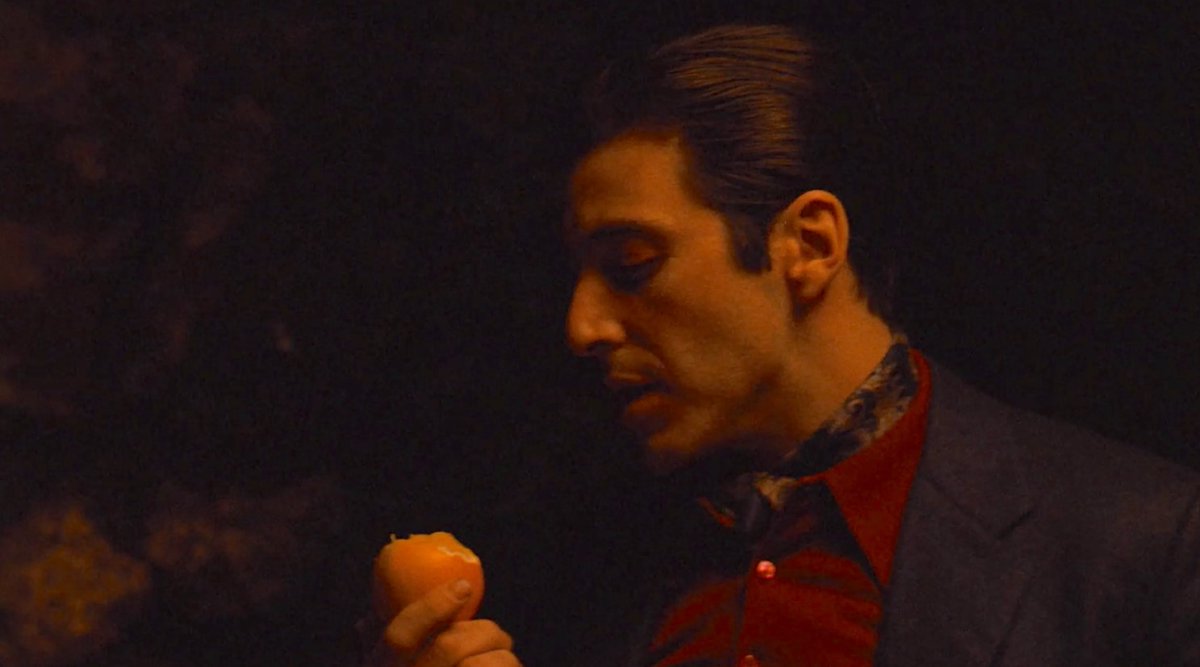

When Vito kills Fanucci, he wraps a towel round the gun as a silencer. The towel was De Niro’s idea. The towel catching fire when the gun is fired was presumably Copplola’s.
32/46


32/46


In the scene where Vito negotiates with Signor Roberto on the street, a passerby interrupts to say hello to Vito. Carmelo Russo was an extra and improvised the line. Coppola wasn’t happy but De Niro thought it should Vito’s popularity, so it was kept in.
33/46


33/46


Signor Roberto was played by Leopold Trieste, known as a comedian. In the scene below, Coppola had door in Vito’s office rigged to not open, as he knew Trieste would improvise something funny. If you watch, you can see Genco remove something before opening the door.
34/46


34/46


Another ad-libbed line was “Michael Corleone says hello.” The actor Danny Aiello said it off the cuff. Coppola loved it and told him to do it again in every take. Aiello later said he had no idea where it came from or why he said it.
35/46


35/46


Originally, Kay was supposed to have a miscarriage. It was Talia Shire's idea that she have an abortion as a way to hurt Michael. This idea, apparently, is the reason Coppola wrote the scene where Connie asks Michael to forgive Fredo, as a thank you.
36/46




36/46




Coppola cast the senate committee with some Hollywood faces. Roger Corman is there. The Wild Bunch producer Phil Feldman is there, screenwriter William Bowers, and also Richard Matheson, writer of I Am Legend.
37/46




37/46




Shire is Coppola’s sister, and the family connections don’t end there. The opera Vito attends is called Senza Mamma and was written by Francesco Pennino, Coppola’s grandfather. And Coppola’s father, Carmine, had a hand in composing some music for the film.
38/46



38/46



Coppola and Puzo disagreed over whether Michael should have Fredo killed. Coppola said he should. Puzo agreed on condition that Michael would wait until their mother was dead before approving anything.
39/46




39/46




Marlon Brando had committed to return as Vito in the flashback finale. He didn’t show up for filming on the day though, so Coppola had to rewrite the scene and then film it the following day.
40/46




40/46




The final shot of the film is the end of a longer scene that was partly filmed. It’s 1968 and Anthony Corleone tells Michael he won’t be following his father into the family business. Also in this scene, Connie mentioned Fredo accidentally drowning in the lake.
41/46
41/46

A test screening resulted in negative reactions from the audience. They found cutting back and forth between the Michael and Vito narratives confusing. As such, Coppola and the editing team reduced the frequency and introduced the slow cross-dissolve transitions.
42/46




42/46




The film dominated at the Oscars. It won Best Picture, Best Director, Best Adapted Screenplay and Best Art Direction. It was the first sequel to ever win Best Picture. This has only happened once since, when Return of the King won in 2004.
43/46
43/46
De Niro won Best Supporting Actor - the first time two actors had won Oscars for playing the same character. It’s happened twice since. Heath Ledger/Joaquin Phoenix won for playing the Joker, and Rita Moreno/Ariana DeBose won for playing Anita in West Side Story.
44/46




44/46




On a budget of $13m, The Godfather Part II made a reported $93m. A huge profit and, over time, it has gone on to be widely regarded as one of the greatest movies ever made.
45/46




45/46




To finish on THE GODFATHER PART II, one of the great dramatic scenes in movies: "I know it was you, Fredo..."
If you liked our story of the making of THE GODFATHER PART II, please share the opening post 😀
https://x.com/ATRightMovies/status/1740323923290394856?s=20
• • •
Missing some Tweet in this thread? You can try to
force a refresh










